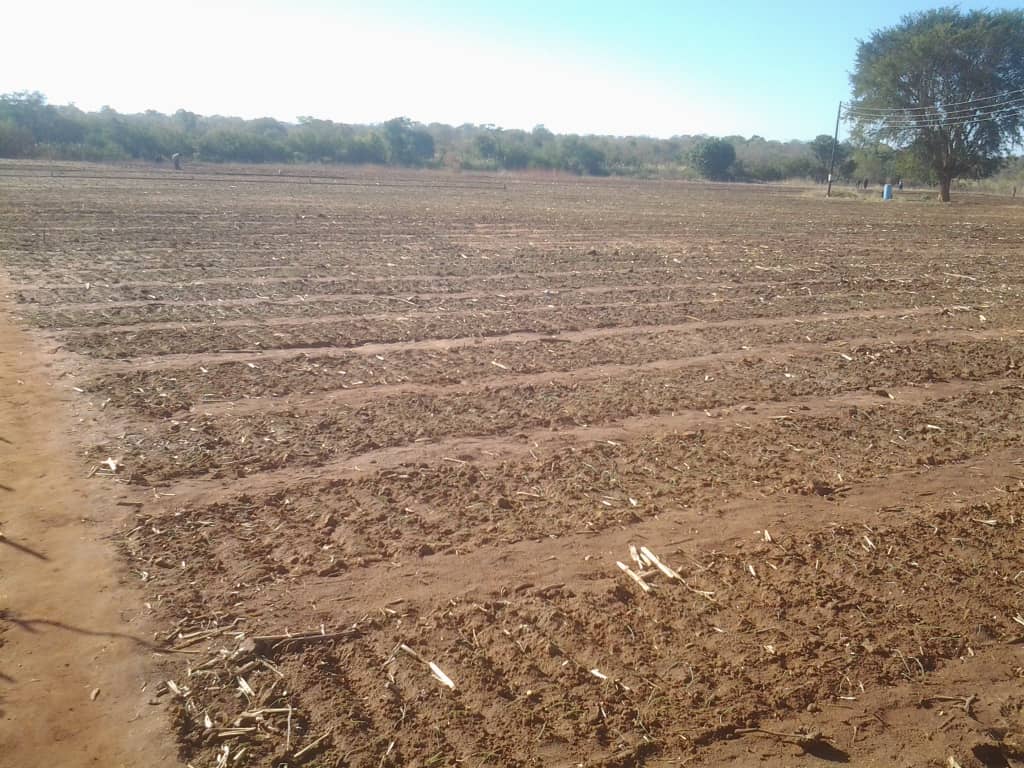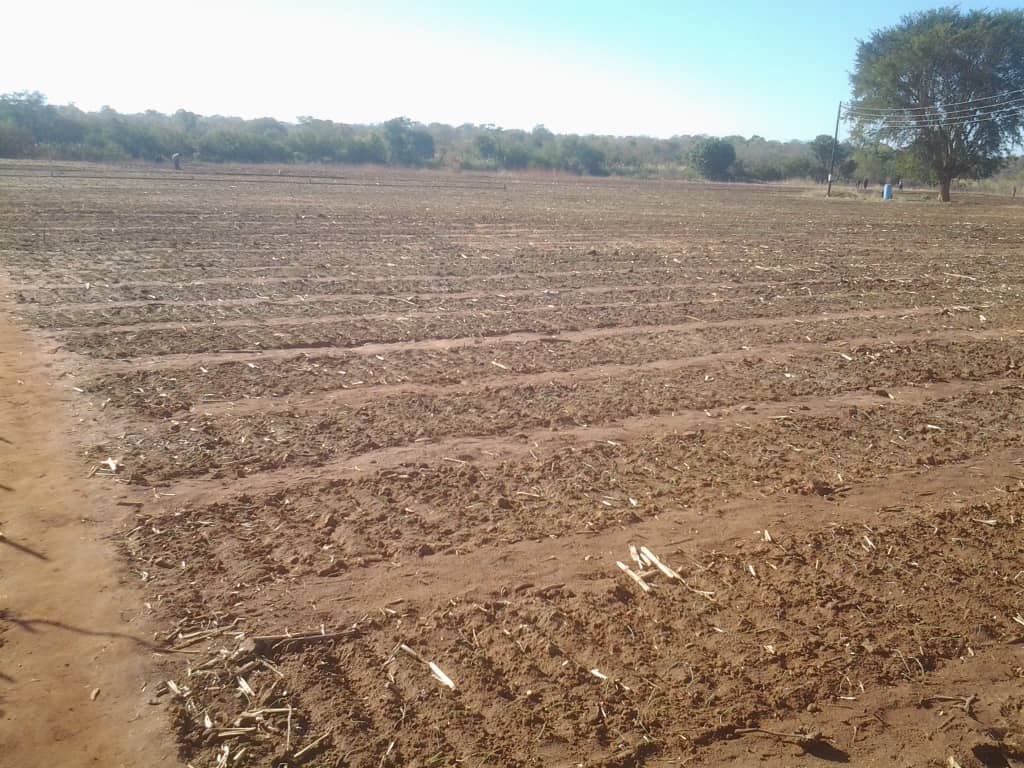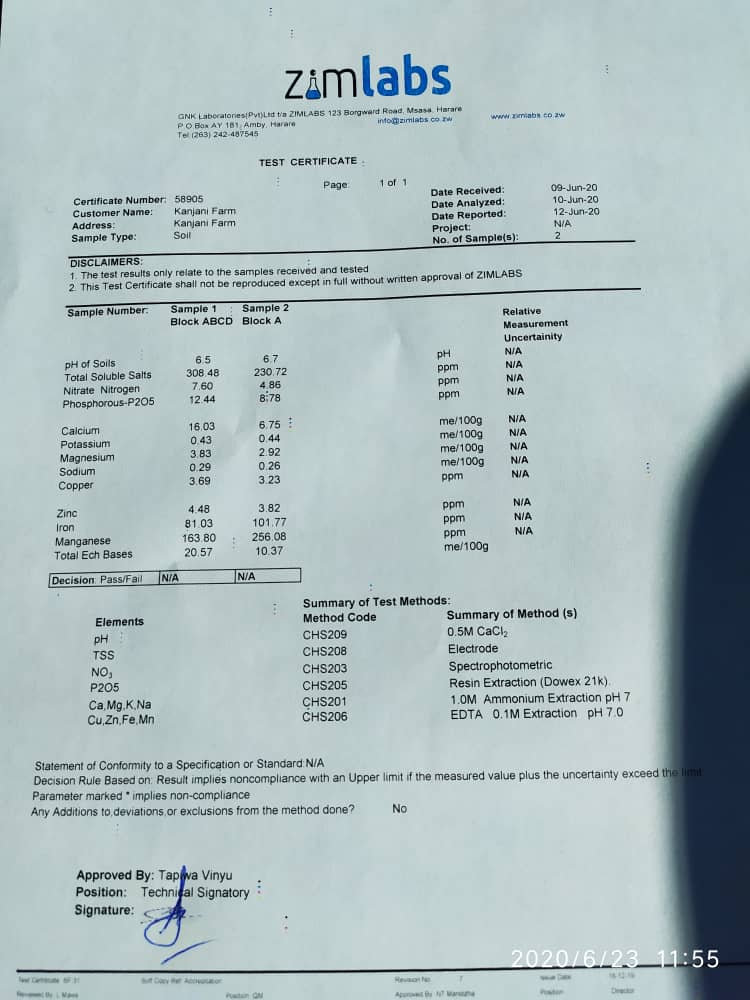
1/6 @Agricura_ZW Agronomy Tip 21/365.
#Good Land Husbandry Techniques.
#Soil & Water Conservation.
There are many alternative soil & water conservation technologies which can be used together with conservation tillage to improve water conservation & soil fertility @basera_john
#Good Land Husbandry Techniques.
#Soil & Water Conservation.
There are many alternative soil & water conservation technologies which can be used together with conservation tillage to improve water conservation & soil fertility @basera_john

2/6 Whilst reducing soil erosion problems in your field. One such technology is CONTOUR PLOUGHING. On sloping land it is important to plough along the contour & not up & down the slope. This will help reduce soil erosion & keep moisture in the soil @MoLAWRR_Zim @zfu_official 

3/6 So that plants can grow well to give good yields. If you plough along the contour, rainwater will not run down through the field & soil erosion will be less. Rainwater will be stored in the furrows & it will infiltrate into th soil. To ensure @agribusiness110 @agribusinesszw 

4/6 That you keep the water in the field & to keep erosion to a minimum, it is a good idea to use tied ridges made at planting or at first weeding. If you don’t plough on the contour, when it rains - water will run down the furrows and erode the soils. Erosion can @WendyMadzura 

5/6 Be seen in the form of rills & gullies forming in
the field. IMPORTANT ISSUE: There is NEED to educate the NEW farmer about the IMPORTANCE OF CONTOUR RIDGES. The concept of contour ridges seem to be disappearing by the day yet enlightenment of CLIMATE CHANGE @basera_john
the field. IMPORTANT ISSUE: There is NEED to educate the NEW farmer about the IMPORTANCE OF CONTOUR RIDGES. The concept of contour ridges seem to be disappearing by the day yet enlightenment of CLIMATE CHANGE @basera_john

6/6 It's supposed to be a topical/trending issue as part of Good Land Husbandry & Environmental Stewardship! Let us go back to the basics @MoLAWRR_Zim @AgritexS @BongayiGokoma @basera_john @MaminiminiObert @Madanzit @PGambara @mrLethario @Fifi_dvc @SandraNabasirye @MM_Garden1 

@threadreaderapp unroll
• • •
Missing some Tweet in this thread? You can try to
force a refresh
















